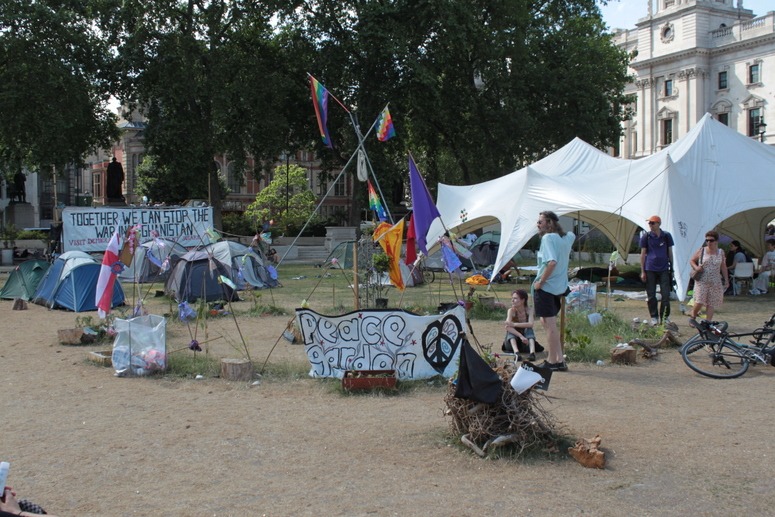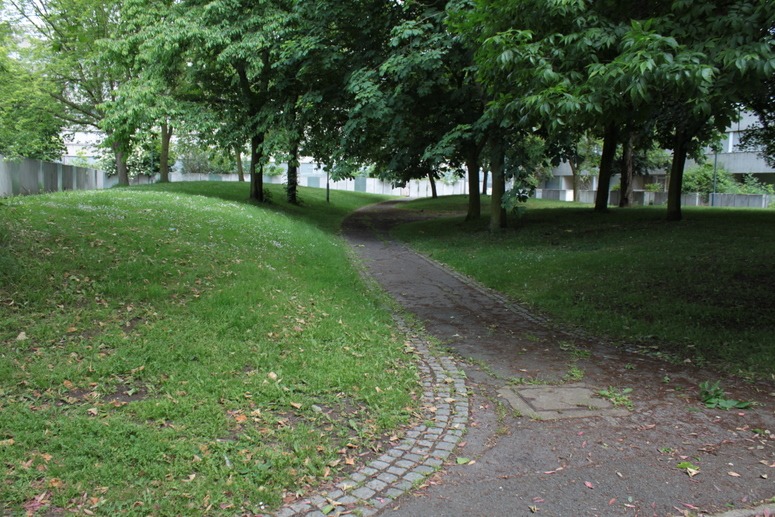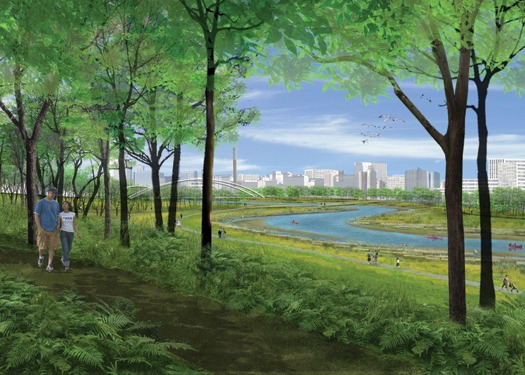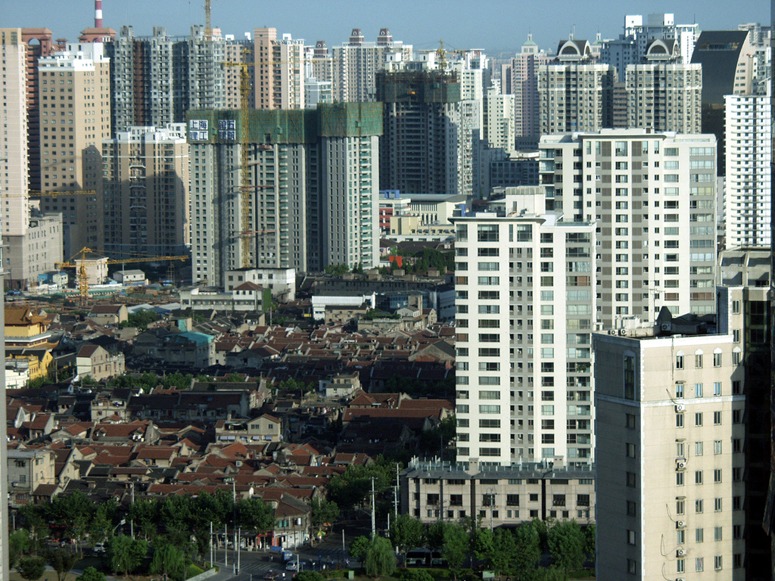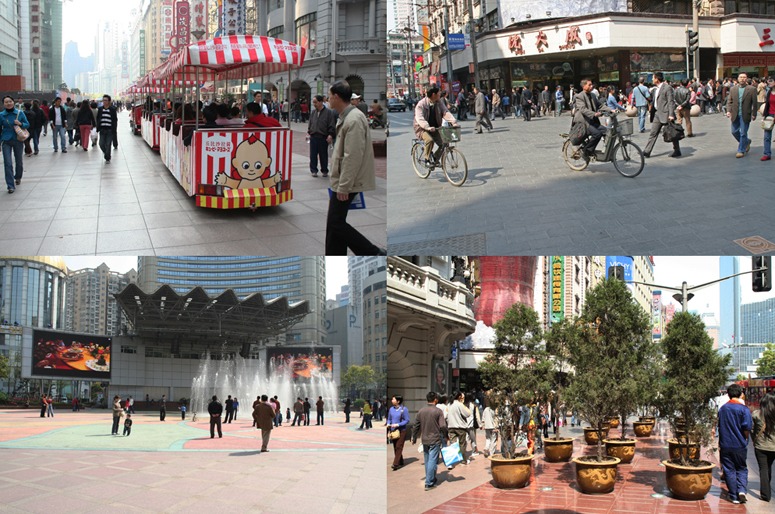OK, it’s a mess.
But what should a ‘Parliament Square’ be used for? Parliament-related activities, obviously.
London’s Parliament Square is a traffic island. When not being used for protests, it is empty.
So why not designate Parliament Square as an area for political activity. The activity should be orderly, as in the Houses of Parliament, but there should be free speech, as in the Houses of Parliament. And there should be an Outdoor Speaker to give varied political groups chances to express their views.
We have had years of talk about pedestrianizing Parliament Square – and I favour the idea. But I don’t want the Square to become a sales venue for international coffee chains. Relating the use of outdoor space to the use of adjacent indoor space is often a good principle and this is a wonderful place to put it to the test.
The above photograph, taken today, is of the Peace Garden and Democracy Village in Parliament Square. The protest began on 1st May and the Mayor of London won a court injunction to get it removed last week. An appeal is expected and then the tents are likely to be removed. The handsome statue brooding over the scene is of Benjamin Disraeli. He is famous for his wit, for extending the franchise and for making Queen Victoria the Empress of India. What would he think of the current Afghan War and the protest? I guess he would be against the war, on pragramatic grounds, and against the protest, because it is a mess. But if it could be an orderly Garden Protest, I think he would regard it as an enrichment of our democracy, as would I.
The below photograph, also taken today, shows that London’s police force is a much more liberal institution than it used to be. Multi-everything is the new political correctness.
Category Archives: Urban Design
Batchelor Life in the Green Age
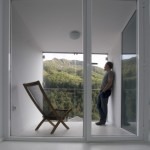 So what are the essentials of life for the modern batchelor in the Green Age? Is a good view to a natural setting a pre-requisite for happiness in habitation? Should he be provided with a balcony so that he can commune with the outdoors while still ensounced in his pad? Or does the modern batchelor still insist on his own patch of dirt? Perhaps a fast or all terrain vehicle would satisfy a desire to experience the outdoors…afterall what are weekends for?
So what are the essentials of life for the modern batchelor in the Green Age? Is a good view to a natural setting a pre-requisite for happiness in habitation? Should he be provided with a balcony so that he can commune with the outdoors while still ensounced in his pad? Or does the modern batchelor still insist on his own patch of dirt? Perhaps a fast or all terrain vehicle would satisfy a desire to experience the outdoors…afterall what are weekends for?
Or in the Green Age has the batchelor become a totally urbanised creature? Is access to a good coffee shop, a waterfront promenade and urban night life the essential accessory for a good life?
Another modernist housing estate in London bites the dust – the Ferrier Estate
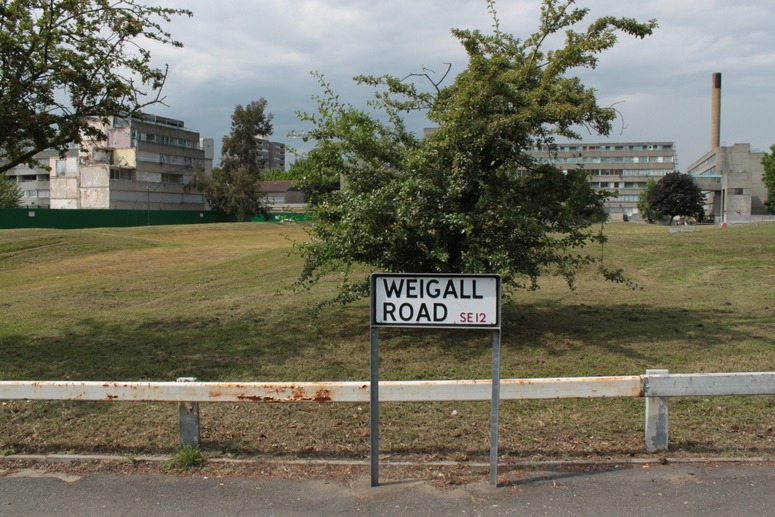 After years of deliberation, they have begun pulling down the Ferrier Estate in Kidbrooke (London Borough of Greenwich). The estate looks decent, many of the external spaces are good and many of the residents were very happy living there. SO WHAT WENT WRONG?
After years of deliberation, they have begun pulling down the Ferrier Estate in Kidbrooke (London Borough of Greenwich). The estate looks decent, many of the external spaces are good and many of the residents were very happy living there. SO WHAT WENT WRONG?
See what the Ferrier Residents Action Group thinks. The London Evening Standard summarizes the situation as follows: “The Ferrier Estate is seen as one of London’s worst examples of Seventies planning, and its concrete towers were allowed to run down over three decades. Unemployment among its residents has been as high as 75 per cent. The estate was also plagued by crime and violence.” But unemployment, crime and violence (and drug-dealing) are not design problems and, as the Evening Standard‘s illustration shows, the morphology of the new housing is uncannily similar to the housing one can see being demolished (on the left side of the photograph).
I remember working on a number of projects like the Ferrier Estate during the 1970s and on one occasion the project team wanted to reduce the external works budget. I told them that ‘The oak trees on my drawings will be approaching maturity when they come to demolish your trashy little boxes’. On the evidence of the Ferrier Estate I might have added that ‘if you give me some money to spend on garden walls it might evey prolong their life’ (let’s hope they keep the good courtyards on the Ferrier Estate). If more musical, I should then have sung Pete Seeger’s Little Boxes:
Little boxes on the hillside
Little boxes made of ticky tacky
Little boxes
Little boxes
Little boxes all the same
There’s a green one and a pink one
And a blue one and a yellow one
And they’re all made out of ticky tacky
And they all look just the same Listen to Pete Seeger
The nicely treed courtyard in the photograph should have been (1) overlooked from the surrounding flats, as a traditional London Square would be (2) accessible to residents only (like the London squares around Ladbroke Grove). As presently managed, it should not be called a ‘yard’ or ‘garden’ – it is merely a public open space (POS) with no evident use. Bad management by Greenwich Council should not be used as an excuse for destroying the space.
Just around the Corner
The Architectural Association in describing ‘Landscape Urbanism’ says what Landscape it is not. It is NOT:
“…understood as a scenographic art, beautifying, greening or naturalising the city.”
And then what it IS;
“…scalar and temporal operations through which the urban is conceived and engaged with.”
Thus, Landscape Urbanism prioritises the phenomenological experience of the city, while distancing itself (perhaps defensively) from the visual aesthetic. Perhaps an ironcial realisation of this preference for the non-aesthetic is the prediction by James Corner of the disappearance of the city into the landscape. Perhaps this prophecy will be realised quite differently than the romantic post-industrial ruin? Corner, typified by the high line project, focuses on the rehabilitation of the abandoned elements of the city and post-industrial landscape.Can landscape urbanism be artfully conceived?
Perhaps the city of the future will afterall disappear under the advance of the landscape, but once again capture something of the beauty which is now itself abandoned by its favourite profession?
Modernist planning and design for Shanghai's urban landscape
If you look carefully at the pavilion-ettes on top of some of the buildings, you can tell this is a Chinese city. But I see the photograph as an illustration of the way in which context-insensitive modernist design theory is laying waste the ancient cities of China. There a surviving patch of the old city form in the foreground and glitch of marching blocks in the background. It is easy to criticise – but given the available resources, how could things have been done better? As suburban Shanghai demonstrates beyond the realms of doubt, they could certainly be a lot worse! The simplest change is that the blocks should be substantially vegetated: on roofs, balconies and walls. Shanghai is a warm wet city and this would be an adaptation to the geographical context. This policy is being adopted in a wealthy and Chinese-influenced city: Singapore.
(image courtesy leonardo_bonnani)
Shared space street landscape in Nanjing Road Shanghai 南京路
The segregation of pedestrians from vehicles, by sidewalk pavements, has a relatively short history in China – and so the Chinese may find sharing space easier than the Europeans. The west has sold the souls of its cities to engineers – who are less public spirited and more concerned with the welfare of their own professions than one might wish. That is how the streets of Europe became highways with pedestrians squashed onto sidewalks. Nanjing Road in Shanghai, to the casual visitor, is a fine example of shared space dominated by pedestrians. Points to note:
- the electric float for passenger transport – with a door for every seat loading and unloading is simple
- electric and human-powered bicycles are allowed to mingle with the pedestrians where other streets cross the shared space
- fountains overlooked by LCD screens make a lively piazza garden-type
- ceramic pots decorate the street scene
I can’t imagine that the ‘imaginative’ engineers who control London’s ‘shared’ streets (eg around Covent Garden) would permit these innovations. They would for example want fountains and screens to be in plaza, pots to be screwed down and electric vehicles to be enclosed busses.
Before the Japanese invasion (as “Nanking Road”) it was a place the European’s to ‘ride’ in their vehicles. It ran from the Bund (which is still the Bund) to Shanghai Race Course, which is now the People’s Park. I congratulate Shangai’s urban designers on the transformations. The Chinese word 路, usually translated as ‘road’ is comprised of the characters for ‘foot’ and ‘place’ – making it an appropiate cagetorization for this type of space. The English word ‘road’ derives from the very ‘to ride’ and is therefore less appropriate. The English word ‘street’ would be a better choice. It derives from the Latin strata, from the verb sternere “to lay down, spread out, pave”. I therefore suggesting changing the name to ‘Nanjing Street.’

